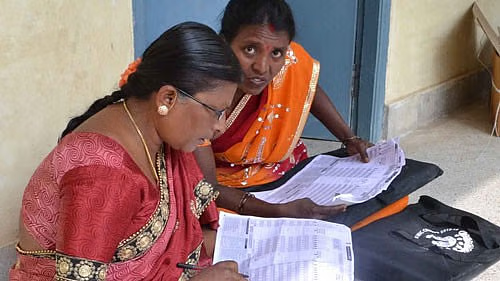India’s Controversial Caste Census: What the 2025 Count Means for the Nation
For millions of Indians, caste is more than a relic of the past—it remains a potent force that influences social life, education, employment, and even marriage. Despite its formal abolition in 1950, caste-based discrimination continues to impact India’s socio-economic fabric.
In a surprising move, the Indian government has announced that the 2025 national census will include data on caste for the first time since 1931. The decision has sparked political, social, and academic debate across the country.

Why Is Caste Being Counted Now?
According to the CNN report by Jessie Yeung, Prime Minister Narendra Modi’s administration claims the move aims to strengthen the nation’s social and economic structure. The government stated that counting caste will help maintain harmony by ensuring that “our social fabric does not come under political pressure.”
However, critics argue that the timing—coming on the heels of the 2024 general elections where the ruling Bharatiya Janata Party (BJP) lost its parliamentary majority—suggests the decision is more political than administrative. For instance, Bihar, a key electoral battleground, had already conducted its own caste survey in 2023, which revealed a higher number of marginalized caste members than previously estimated.
What Is the Caste System?
The caste system in India originated from ancient Hindu texts and stratified society into rigid groups based on occupation and birth. Though Dalits and tribal communities are officially protected under affirmative action policies, in reality, they still face social exclusion and systemic disadvantages.

Learn more about India’s Reservation System and how it functions today.
Why Was Caste Not Counted for Nearly a Century?
Post-independence, India deliberately avoided caste enumeration in national censuses, aiming to reduce caste consciousness in favor of democratic equality. Yet, the lack of updated data has left a policy vacuum. “We are effectively flying blind,” said Poonam Muttreja, Executive Director of the Population Foundation of India.
Social inequality still persists. Only 5% of Indian marriages are inter-caste, according to the India Human Development Survey. Marginalized castes continue to face disparities in literacy, healthcare access, and income levels.
Supporters vs. Opponents
Supporters of the caste census argue that updated demographic data is crucial for effective policymaking, especially in sectors like education, public health, and job reservation. It could also help assess the true impact of affirmative action programs in rural India.
Opponents warn that it may exacerbate caste-based identities rather than eliminate them. Some believe policies should instead focus on economic class rather than caste labels. Others worry that larger caste group counts may lead to expanded quotas, sparking backlash among privileged communities.
What Happens Next?
With no official date yet announced for the census, experts hope the time will be used to refine methodology and avoid data inconsistencies like those in the 2011 caste survey. Once the numbers are in, they could lead to a reshuffling of caste-based categories and resource allocations—a process sociologists are calling a necessary “re-ranking.”
“This data will stare at people’s faces,” said Muttreja, adding that policymakers will be unable to ignore clear evidence of continued structural inequalities.
Conclusion
The reintroduction of caste into India’s 2025 census is more than a statistical exercise—it’s a national reckoning. Whether it will heal divisions or deepen them remains to be seen. But one thing is certain: data has the power to drive change, if used wisely.









